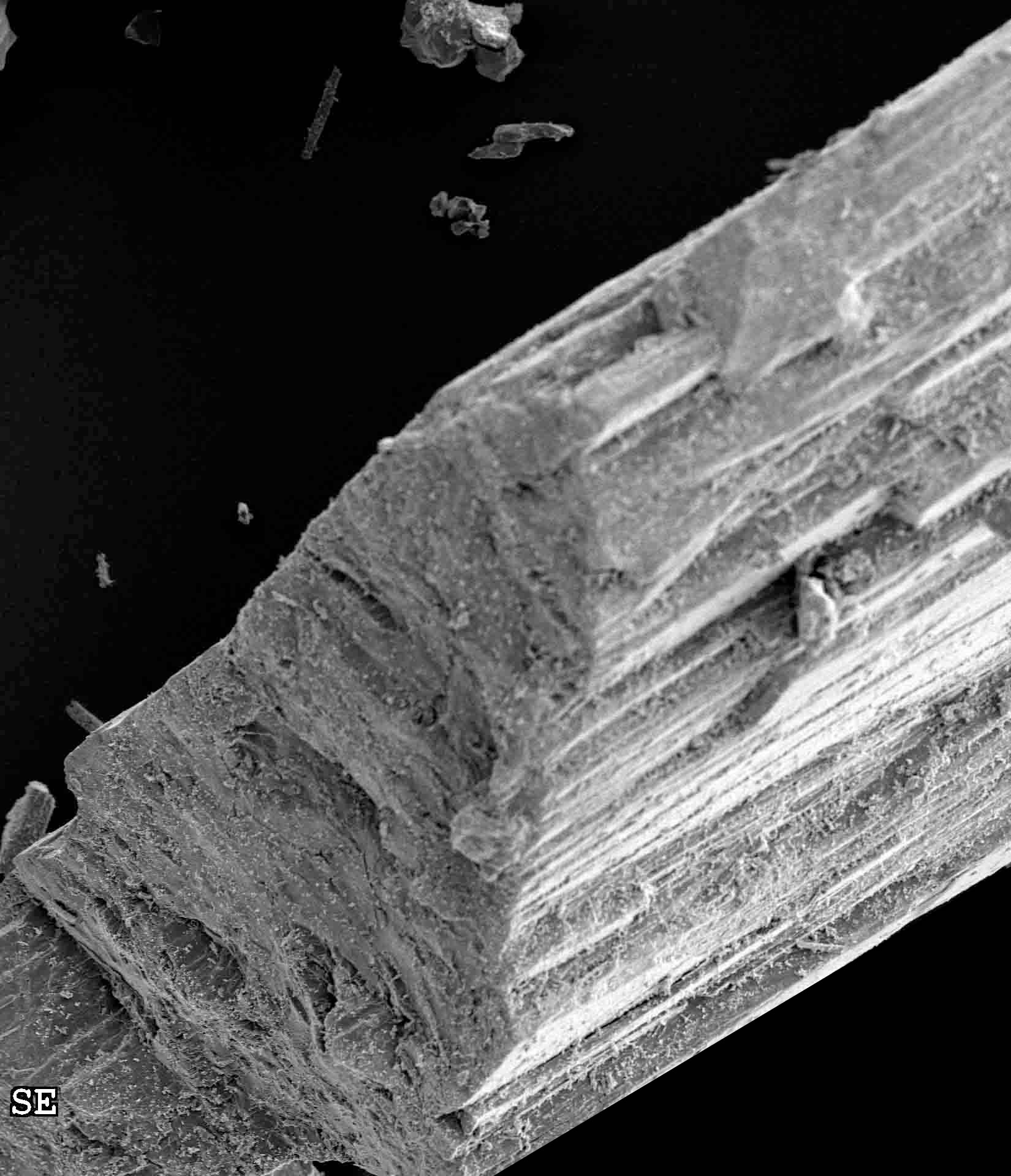Sources: American Concrete Institute Foundation, Farmington Hills, Mich.; CP staff Among 10 projects receiving 2022 ACI Foundation Concrete Research Council grants, two address ultra-high performance concrete: “Maximum Reinforcing Ratio for Reinforced UHPC Beams: Towards Slender Elements,” under principal investigator Yi Shao, University of California, Berkeley; and, “Shear Behavior of UHPC Considering Axial Load Effects,” under Dimitrios Kalliontzis, University of Houston.…
Read MoreTag: SCM
Lehigh Redding mill to commercialize kiln exhaust-derived SCM production
Sources: Lehigh Hanson Inc., Irving, Texas; Fortera Inc., Campbell, Calif.; CP staff Teaming with Silicon Valley material technology developer Fortera Inc., Lehigh Cement plans construction of a modestly scaled plant at its Redding, Calif. mill with an eye to transforming kiln exhaust into a supplementary cementitious material. The facility will mark the commercial debut of a proprietary recarbonation process in…
Read MoreEPA revisits SCM in procurement guidelines; honors CalPortland and Cemex
The U.S. Environmental Protection Agency has opened a public comment period through July 6 on the Agency’s current list of 61 items that are or can be made from recovered materials in eight Comprehensive Procurement Guidelines (CPG) categories, plus recommendations to federal agencies on purchasing such items. The largest category, Construction Products, includes blended cement or concrete containing fly ash, ground granulated blast furnace slag and silica fume.
Read MoreAlternative SCM, industrial mineral blend catapults C-S-H formation
California-based construction materials specialist Surface Tech is commercializing an alternative supplementary cementitious material (ASCM) whose requisite chemical profile (silicon dioxide + aluminum oxide + iron oxide content > 75 percent) belies binder-optimizing performance potential exceeding that of leading SCM. While fly ash, GGBF slag and silica fume tend toward dosages starting at 10 percent by weight of portland cement, Juno XP has exhibited marked strength development characteristics at 2.5 percent and 5 percent when measured against portland cement controls—particularly at seven- and 28-day cylinder breaks.
Read MoreFHWA assesses SCM, natural pozzolans within best pavement practices
A new Federal Highway Administration Tech Brief cites benefits and drawbacks of fly ash, slag cement, silica fume and natural or alternative pozzolans for transportation structure-grade concrete. “Supplementary Cementitious Materials — Best Practices for Concrete Pavements” (FHWA-HIF-16-001) outlines how agencies overseeing road construction and maintenance confront increasing service demands on concrete structures, expectations for reduced environmental impact, plus lower initial and lifecycle costs.
Read MoreFHWA probes SCM, natural pozzolans within best pavement practices
Sources: Federal Highway Administration; CP staff
A new FHWA Tech Brief cites benefits and drawbacks of fly ash, slag cement, silica fume and natural or alternative pozzolans for highway-grade concrete. “Supplementary Cementitious Materials — Best Practices for Concrete Pavements” (FHWA-HIF-16-001) outlines how transportation agencies approach increasing service demands on concrete structures, along with expectations for reduced environmental impact plus lower initial and lifecycle costs.
Read MoreAustralians test carbon dioxide-capturing carbonate production
Sources: University of Newcastle; CP staff
A new method for permanently storing carbon dioxide emissions generated from fossil fuels and other industrial processes is at the heart of a mineral carbonation pilot plant to be built at the University of Newcastle’s Institute for Energy and Resources.
Read MoreCoal operator Alpha takes stake in Class C ash-based cement purveyor Ceratech
Sources: Alpha Natural Resources, Abingdon, Va.; CP staff
A major coal producer has acquired a 10.3 percent position in Alexandria, Va.-based Ceratech Inc., whose Ekkomaxx technology can yield concrete binding agents with performance characteristics reportedly matching ASTM C150 Types I–V powder.
Alpha Natural Resources can increase its Ceratech stake to 28.3 percent under certain future terms. It becomes the second coal producer to invest in prospective concrete technology offsetting carbon dioxide emissions from either portland cement production or fossil fuel-fired power generation. In April 2010, market leader Peabody Energy took a $15 million interest in Calera Corp., whose calcium carbonate precipitation processes—applied to power plants’ flue gas streams—are netting concrete-grade fine aggregate.
Read MoreSCM, aggregate processor Calera eyes concrete pilots for CO2-sequestering carbonate
Sources: CP staff; Calera Corp., Los Gatos, Calif.
Two years after outlining research aimed at commercial processes for carbon dioxide-capturing aggregate or cementitious materials, Calera has announced a series of prospective concrete applications testing a mix agent from its Mineralization via Aqueous Precipitation technology. An initial carbonate product, Partial Cement Substitute (PCS), is derived from the flue gas of the Moss power plant in northern California, coupled with naturally occurring, water-based calcium or magnesium sources.
Read MoreCO2-Capturing Aggregate Processor Calera Lands $19.8 Million DOE Grant
Los Gatos, Calif.-based Calera Corp. is poised to design, build and operate a system that mineralizes carbon dioxide from flue gas, yielding carbonate-bearing aggregate for construction fill or cement mill raw feed
Read More
